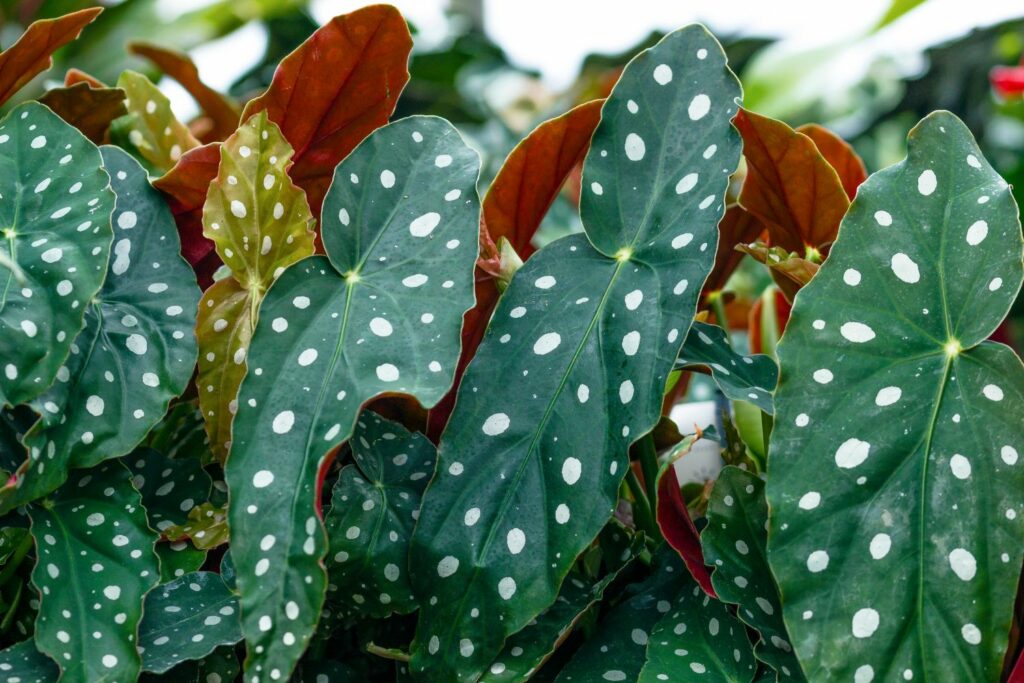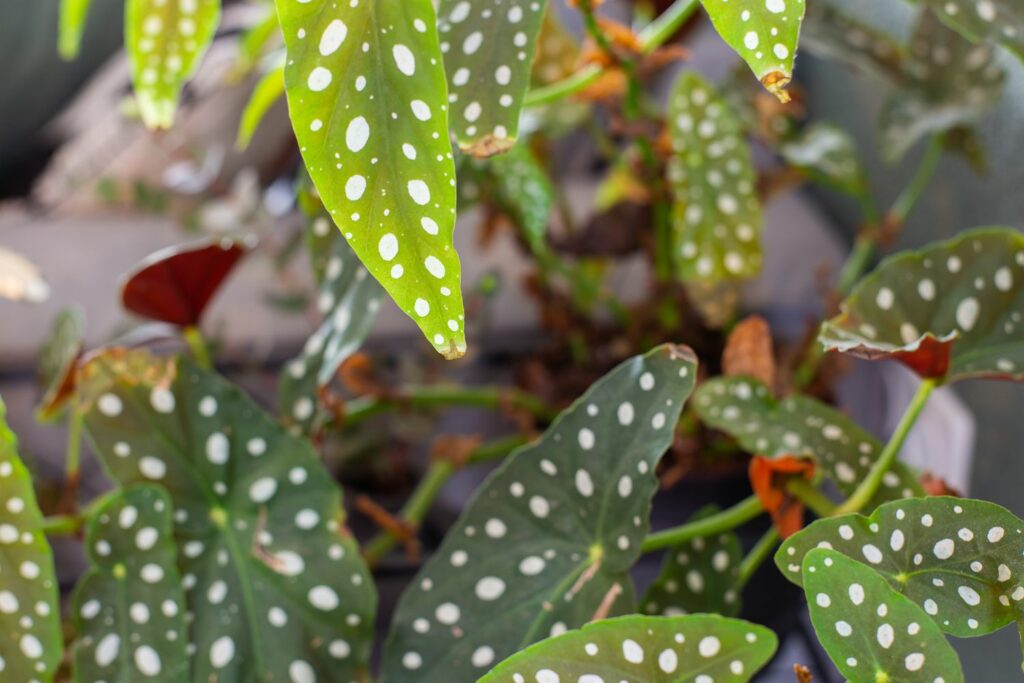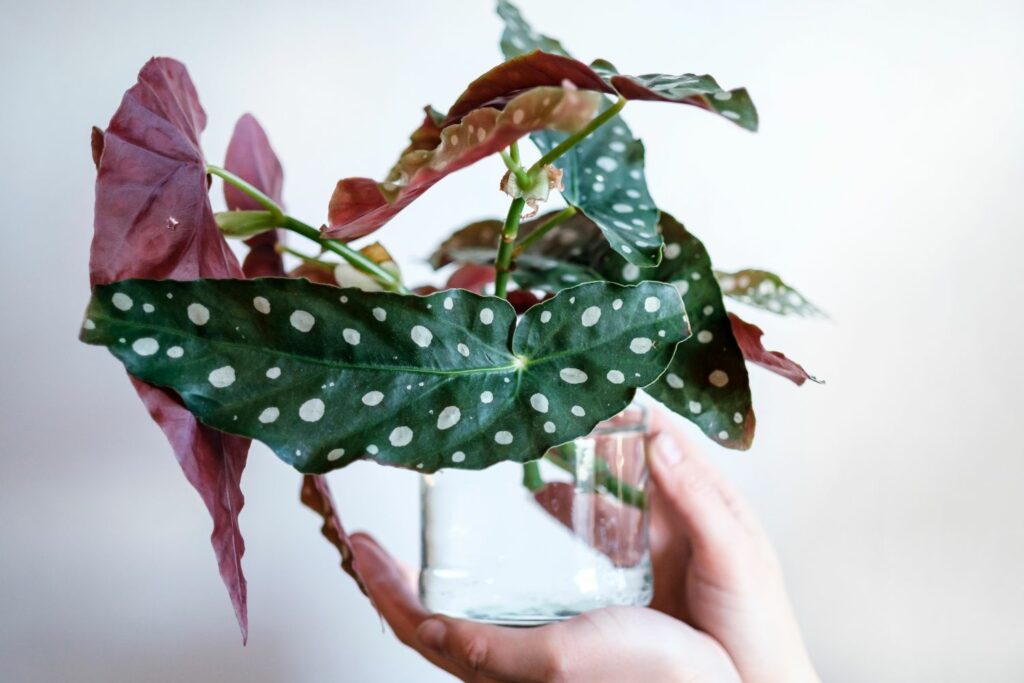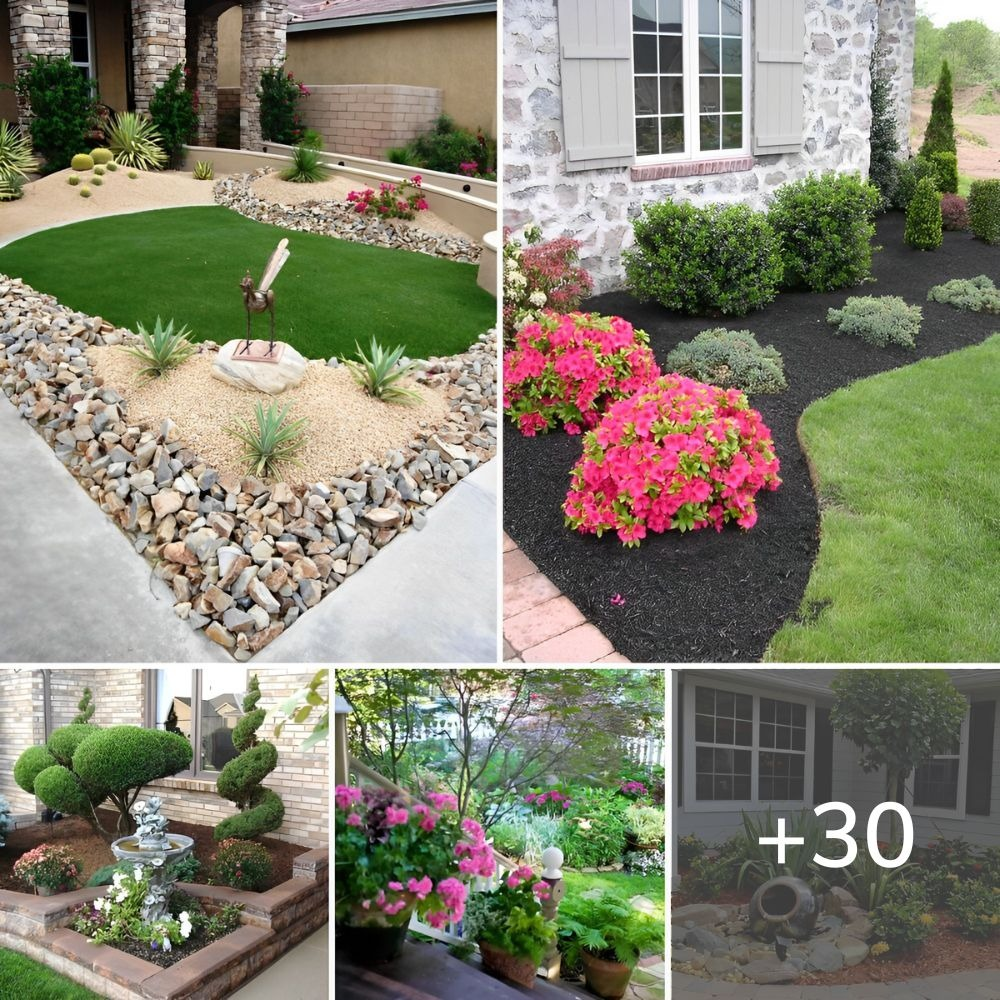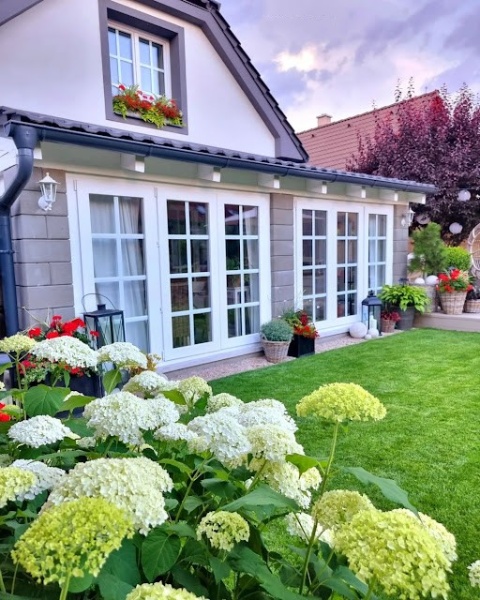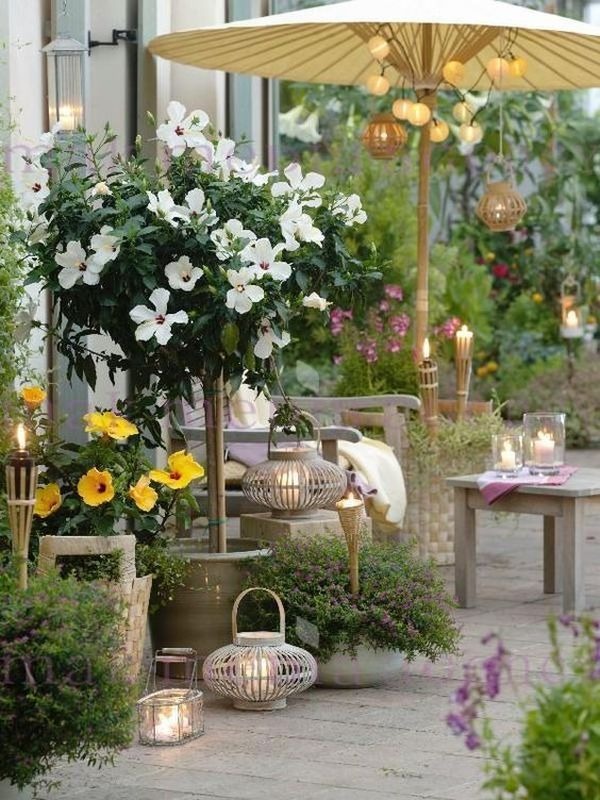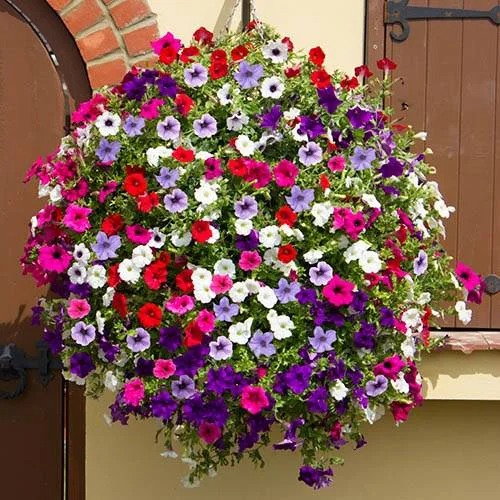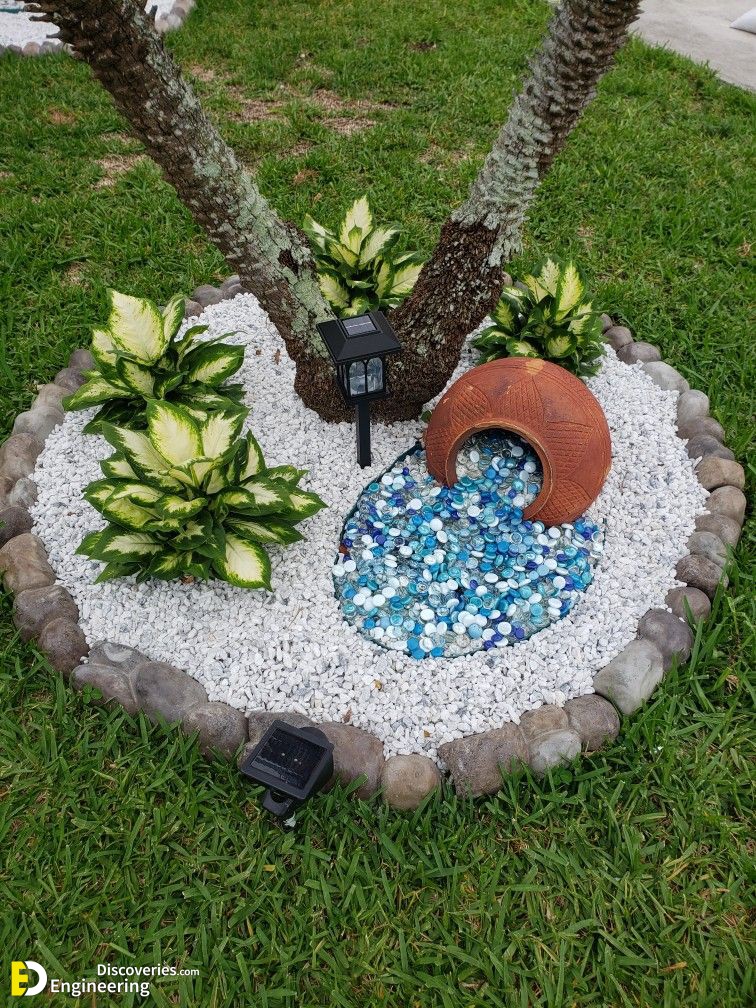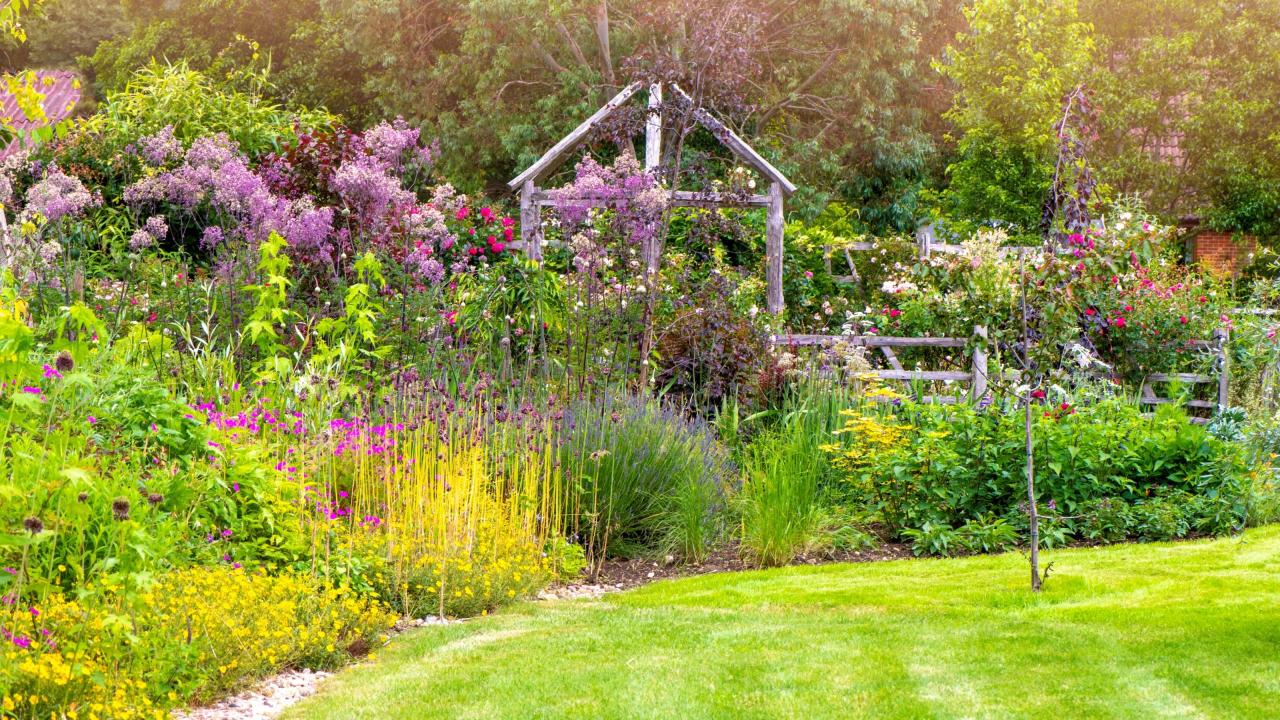With its silver-white spotted leaves, red leaf undersides and beautiful flowers, Begonia maculata is a unique addition to your indoor jungle.
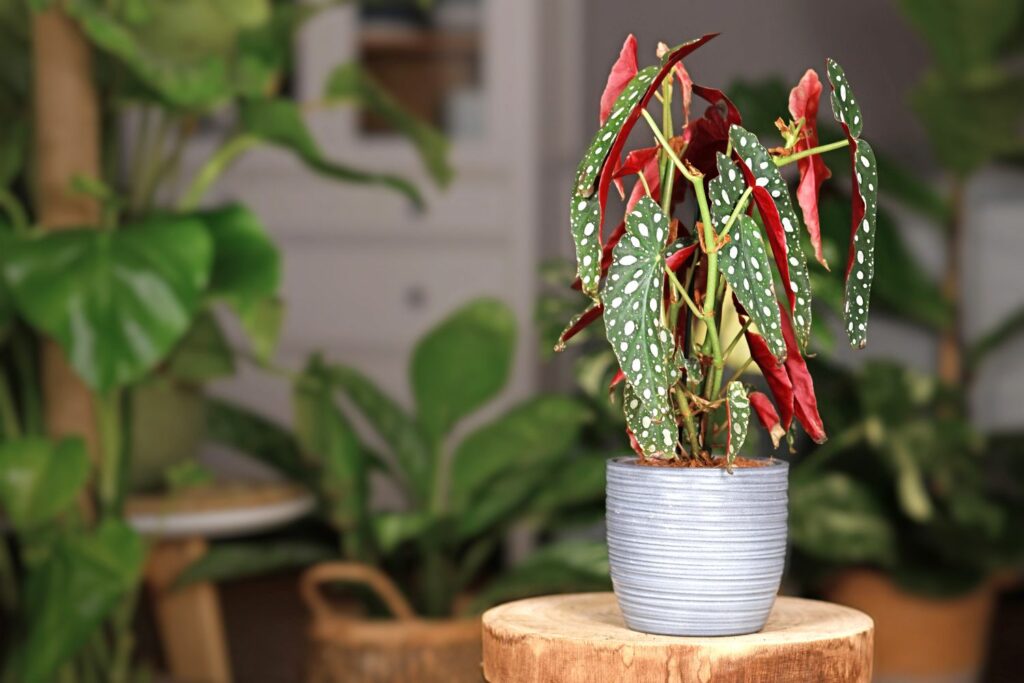
You must give the beautiful spotted begonia (Begonia maculata) some tender loving care if you want to enjoy it in all its glory. Read on to find out how to care for the spotted begonia, including tips on watering, pruning, and even how to propagate them.
Begonia maculata: origin, flowers and characteristics
The spotted begonia is a unique, bushy growing member of the begonia family (Begoniaceae). It is a tropical and subtropical flowering plant native to the rainforests of Brazil. This species of begonia has dark green, asymmetrical, lanceolate leaves with silvery white dots and a distinctive contrasting red underside. Its leaves grow from a sturdy stem and have a thick waxy layer to prevent excessive water loss through evaporation. In certain light, they also have a metallic shimmer. Because of its characteristic dots, this potted plant is known as dot begonia or spotted begonia.
Polka dot begonias are monoecious, meaning they have both male and female flowers. Begonia maculata the flowers are white to light pink and grow in drooping clusters. The male flowers are slightly smaller and have yellow stamens, while the female flowers have carpels. The main flowering period is from spring to summer. When grown indoors, spotted begonias grow upright and sometimes hang over something, reaching between 20 and 40 cm wide and 30 to 80 cm tall.
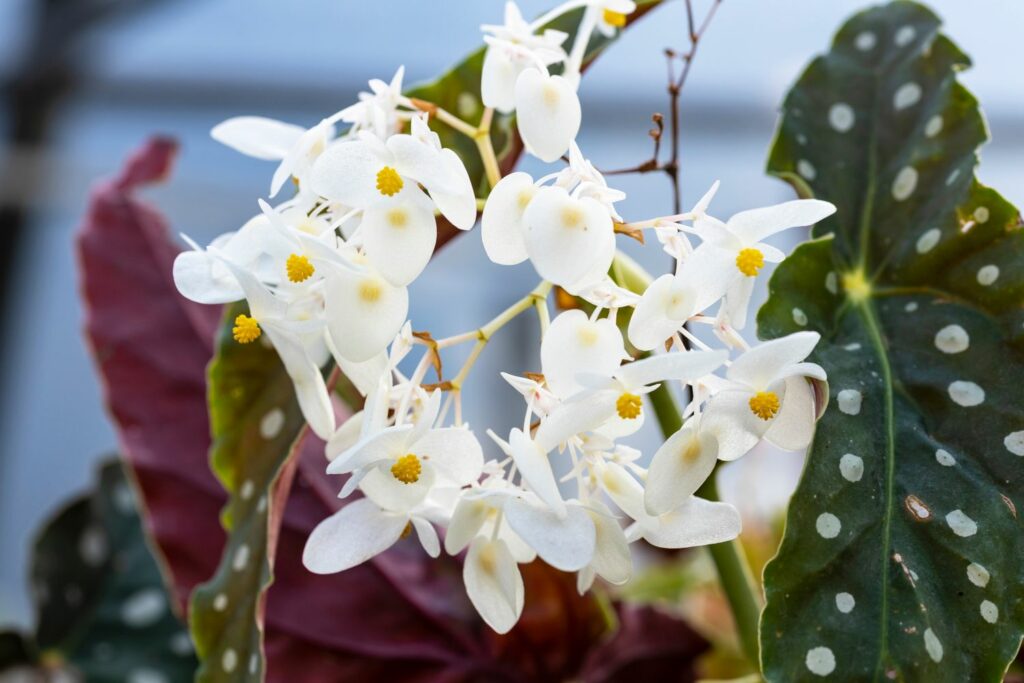
Begonia maculata varieties
There are only a couple of types of spotted begonia:
- Begonia maculata ˈwightiiˈ: This variety has dark green leaves with contrasting silver-white dots and characteristic intense red leaf undersides. It grows to about 40 to 50 cm high and hangs slightly over.

- Begonia x albopicta: This white spotted begonia is actually a cross between Begonia maculata and Begonia olbia.

Note: There are other species in Begonia the genus that looks very similar to the spotted begonia. These include the pink-red flowering angelwing begonia (Begonia coccinea) and the red-flowering begonia ‘Lucerna’ (Begonia corallina “Alfalfa”). Begonia ‘Lucerna’ is probably a subspecies of Begonia maculata, but taxonomists still disagree on this issue. You may also encounter a so-called dwarf Begonia maculata, which is sometimes sold under the cultivar name ‘Dotty’. However, this is not a true variety, but rather an artificial, usually chemically inhibited plant that would develop just like the normal species under normal conditions.
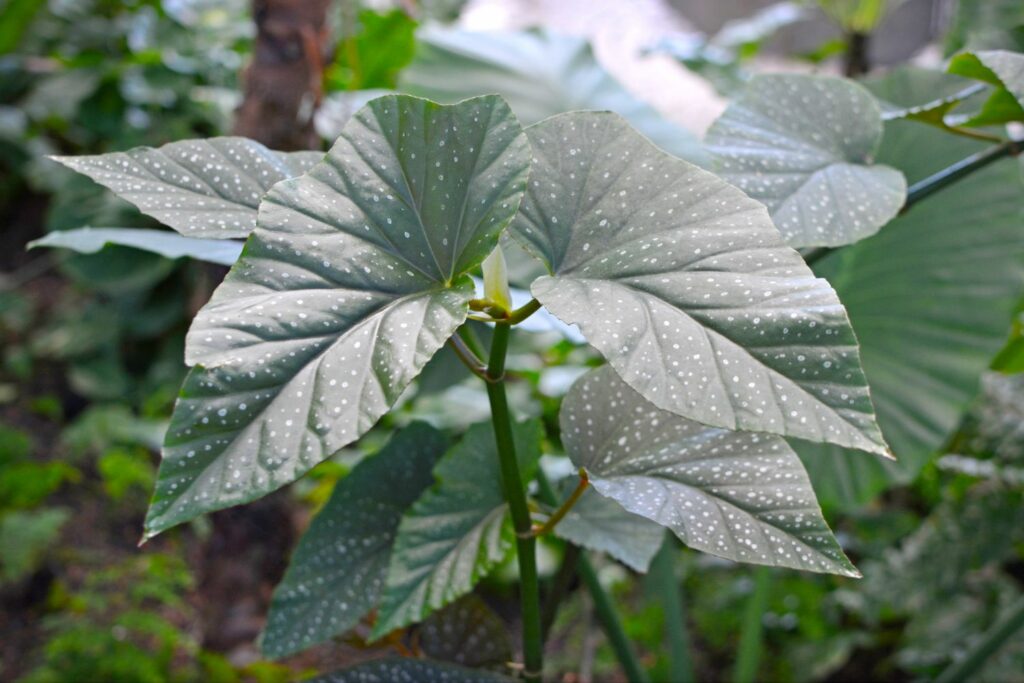
Where and how to grow Begonia maculata
The spotted begonia prefers a bright place without direct sunlight, as well as a warm climate with temperatures from 20 to 22°C. During the winter months, it can also withstand slightly lower temperatures of around 15 to 18°C. It cannot withstand cold drafts. Not surprisingly, given its origin, this plant also likes high humidity. As a result, it is best to store it in a naturally more humid room, such as a bathroom, rather than a room with dry air.
Spotted begonias like loose, well-draining and humus-rich soil. To plant your begonias, we recommend using a high quality potting soil, such as our Plantura Organic All Purpose Compost. This peat-free soil is an excellent choice because it provides begonias with all the necessary nutrients for the first year after planting. To ensure good drainage and to avoid water sickness, mix in about one-third expanded clay.
Can you keep spotted begonias outdoors? Yes. There is no reason not to place your begonia outdoors as long as it is in a sheltered location without direct sunlight and the temperature does not drop below 15°C at night. In fact, due to outdoor conditions, it is likely to grow better between May and October. Plus, these plants will add a lovely tropical touch to your garden!
Begonia maculata care
Aside from having specific watering requirements, spotted begonias are relatively undemanding and easy to care for.
Pruning, fertilizing and watering begonia maculata
Spotted begonias tolerate neither extreme drought nor waterlogging. Although the root ball can be allowed to dry out slightly between waterings, it should never dry out completely. To check if your begonia needs watering, simply stick your finger a few centimeters deep into the soil – if it feels very dry, it’s time to water your begonia! As mentioned above, spotted begonias love moisture, so you can mist it with water from time to time to help mimic the conditions of a tropical rainforest. Since these plants are susceptible to powdery mildew, it is best to mist around the base of the plant, avoiding the leaves.
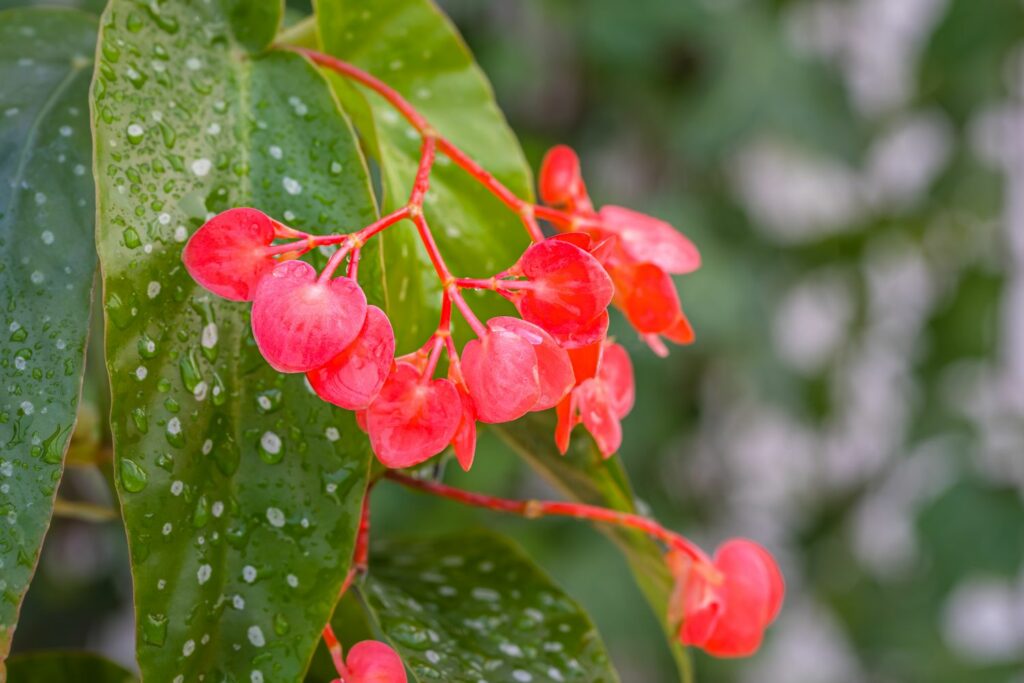
During the growing season, apply liquid fertilizer once every two to four weeks to provide your spotted begonia with extra nutrients. Our organic Plantura Liquid Houseplant Food is ideal for begonias as it is high in potᴀssium, ensuring strong leaves and compact growth.
Pruning your spotted begonia regularly is a simple maintenance measure and will encourage the plant to grow bushier. You can also easily propagate the begonia with the cuttings. To do this, simply cut your begonia below the nodes of the stem. Here are dormant growth points from which the plant will grow.
Common problems with begonia maculata
It is not always easy to determine why your spotted begonia is not doing well. Here are some common problems and how to fix them.
Leaf fall: An unfavorable location, drafts, temperatures below 15 °C or above 22 °C can cause Begonia maculata to lose its leaves. Here we recommend that you move your facility elsewhere or adjust its current conditions. Waterlogging, dryness and low humidity can also lead to leaf drop. When waterlogging, reduce watering and allow the soil to dry almost completely in the meantime. Misting with water or using a humidifier can help with dryness and low humidity. If the plant is near a radiator, move it elsewhere.
